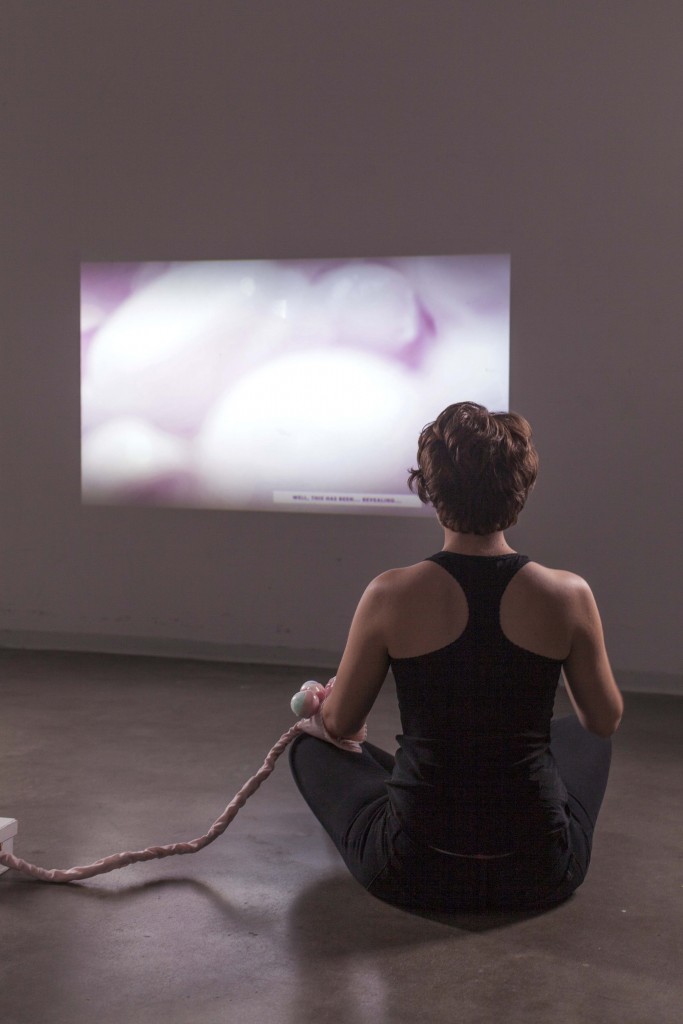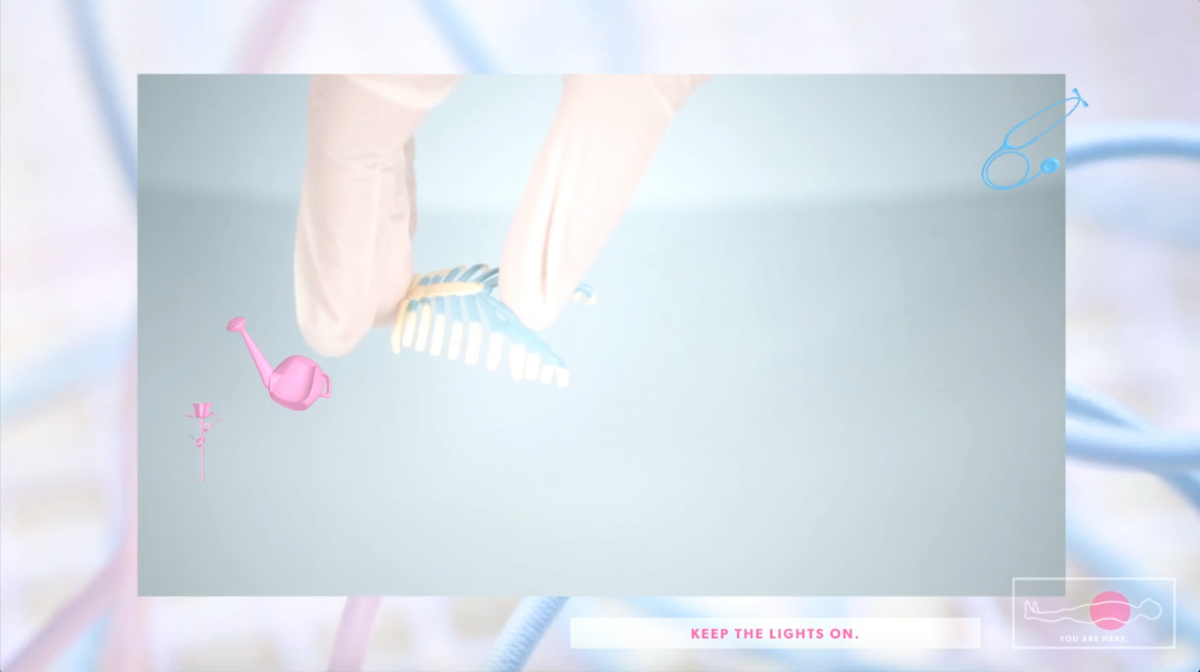
An Interview With
The Creators of Phantasm Atlas
Posted on December 26th, 2016
by
Lee Tusman
We recently interviewed Lilyan Kris and Sara Haas to talk about their new project, Phantasm Atlas.
What was the original impetus for making a wearable fantastical game about the body?
We’re both obsessed with the strangeness of our bodies, of the way that we simultaneously ignore and are hyper-aware of our physical forms. We’re both interested in maps/diagrams and the false concept of “objectively” rendering anything, especially something as conceptually and historically loaded as the human body.
Do you think of Phantasm Atlas as a game or interactive experience? I’m wondering how calling this a game may affect how it’s received and who your audience is.
We think of it as an interactive experience and a meditation. Calling it a game sets people up to expect a scoring system and the possibility of winning or losing. Instead, we hope the experience encourages people to reimagine their bodies as a method of working through harmful ideas about what the body “should” be. This includes size, gender presentation, skin imperfections, and a variety of other “shoulds” that plague us.
I think it’s interesting that the imagery feels body-like and the controller is worn on one’s own body but also it feels a little like your arm with the controller is like an alien appendage. What was the feeling you were exploring here?
We wanted to explore both the familiarity and strangeness of our bodies. The wearable reflects our feelings of estrangement from our bodies. It’s both a close fitting second skin and an out-of-place appendage. Sometimes, your body feels like a home. Other times, it feels like a costume.
Being asked to hit this extension of your body – or actually you use the word “bop” – made me also think about self-flagellation and being ashamed or disconnected from one’s own body but also about trying to be kind to one’s own body. Was this something you were thinking about?
We both have conflicted relationships with our bodies. We find that in the same day we might be kind and unkind to our bodies in multiple cycles, whether we realize it or not. “Bopping” once feels innocuous, but repetitively bopping is potentially damaging or self-punishing. On a wearable that lights up, it’s whimsical. On a bare arm, it could leave a bruise.
What’s been the biggest challenges when working on this project?
For Sara, learning to fabricate a polished silicone form that accommodates the electronics and fit multiple arm sizes was challenging. There was a lot of trial and error casting silicone in our bathtub. Lilyan had made projects with Arduino before, but this was her first time working with Unity and writing code in C#. It was a process to figure out how to get Uniduino (Arduino to Unity plugin) to make vibration sensors affect 3D objects in Unity and illuminate the pods.
What are some ways you’d like to extend the project in the future?
We’d like to collect more input from people’s bodies (pulse, blood pressure, body temperature, etc) and use those variables to customize their Phantasm Atlas experience. People were already worried that we were doing this, so that tells us it’s a great idea.
Are there other artists, designers or other makers that inspired this work or that you recommend looking into?
We were inspired by a wide range of creators, including Zeitguised, Ernesto Neto, Neri Oxman, Iris Van Herpen, Behnaz Farahi’s Carress of the Gaze, and Philip Beesley. Some other inspirations include The Fantastic Voyage movie, vintage bodily anatomy books, and fictional maps.
What are you up to next?
We’re interested in creating a generative project that pulls people’s body data to create individualized artifacts.
Thanks!
Check out the websites of Lilyan Kris and Sara Haas to see more of their work.



